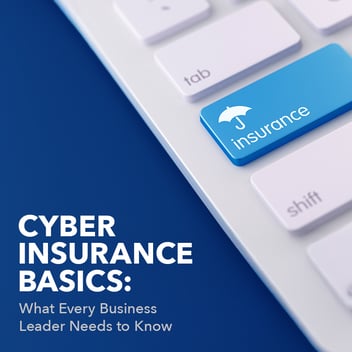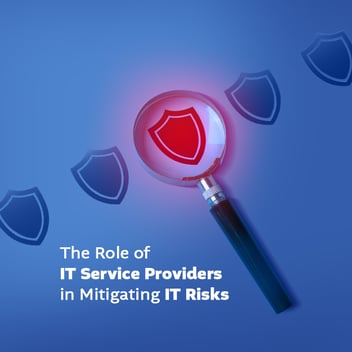Security Threats to Understand in 2017
Possibly the top consideration for businesses across the country is how to keep their network secure. While there are several network security tasks that are of vital importance, one of the most crucial is understanding the threats that are out there and ensuring that your team of IT security experts is prepared. Learn about the top security threats that you should understand in 2017, and find out how you can prepare for these threats to your business’s network.
IoT Malware
After the October hack of a major DNS provider in the U.S., Internet of Things (IoT) malware is probably at the top of the list of security exploits to be aware of for 2017.
Since many devices that are part of the IoT run watered-down or bare-bones versions of everyday operating systems, it is important to understand that these devices can easily become a liability to your network.
By ensuring that you fully understand and approve devices before they are hooked up to your network, you can prevent your IoT devices from being hijacked by hackers and used for DDoS or other types of attacks.
Mobile Attacks
Virtually any device with an operating system can be hacked, including the mobile devices like smartphones and tablets we have come to depend on so heavily, and attacks on these devices are only going to increase in the coming year.
When planning your network security, make sure that your security team is aware of the ways that hackers are gaining control of mobile devices. With the correct preparation, you can ensure that any company devices are secure and ready to handle hacking efforts.
Also, don’t forget that many employees attach their personal mobile devices to your network. While these devices are harder to control, they can provide just as serious of a breach as company devices, should they become infected. Make sure to have a policy that will address security for personal devices so your network doesn’t get compromised.
Ransomware
Many businesses depend on easily being able to access critical files at any given moment, and when your local files become inaccessible, it can be big headache both for your business and your users. Keeping your business’s files safe and secure means your IT team needs to be ready for the threat of ransomware.
Ransomware infects a computer and encrypts local files so that they need a complicated password to access them. Of course, the password is only provided after some payment is made to the hackers who wrote the malware.
While the easiest way to solve this issue is to secure your network from ransomware, sometimes breaches occur, and when they do, make sure that whoever is compromised only has access to the data that they should, as well as having a robust backup plan that can ensure a minimal amount of data loss.
Credential Theft
The easiest way to hack a network is still stealing someone’s password. Whether it’s through social engineering, key loggers or brute force, credential theft should be addressed in your security plan.
Two-factor authentication is a great way to mitigate the threat that credential theft can pose. Ensuring that your users must have pin and a password to access the network cuts down dramatically on the effect of credential theft.
Need Help with Network IT Security?
Do you have the expertise to keep your company’s systems and data safe from all these types of attacks? If not trust the experts in IT security at U.S. Computer Connection. Contact us today!



